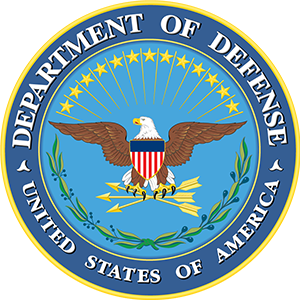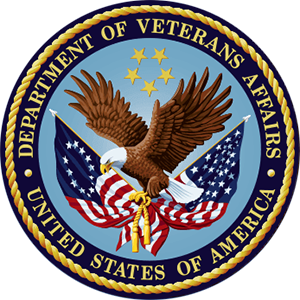Natural and manmade hazardous events can impose a devastating cost upon society. The costs of some of these disasters in the United States alone can be staggering. Stakeholders of civil infrastructure have a vested interest in reducing these costs by improving and maintaining operational and physical performance. Resilience is a set of strategies to enhance the ability of a building, facility, or community to both prevent damage and to recover from damage. This course will explore different aspects of resilience management, to control and help reduce the rapidly increasing costs of manmade and natural hazards, and ensure that civil infrastructure exhibits a high degree of resilience. Design considerations to increase resilience primarily through strengthening and configuration to minimize impacts from natural and manmade hazard events will also be addressed.
Learning Objectives
Upon completing this course, you will be able to:
- Explain the four Rs of resiliency;
- Describe how building siting and layout can support resiliency strategies;
- Summarize at least two strategies that can be implemented to achieve resilience against natural disasters; and
- Understand at least two design strategies that address security and safety measures of resilience.










